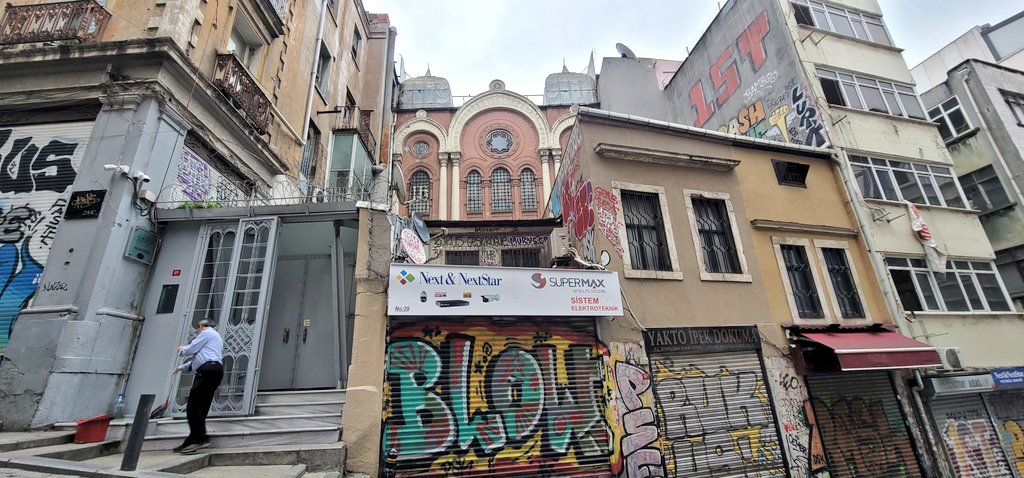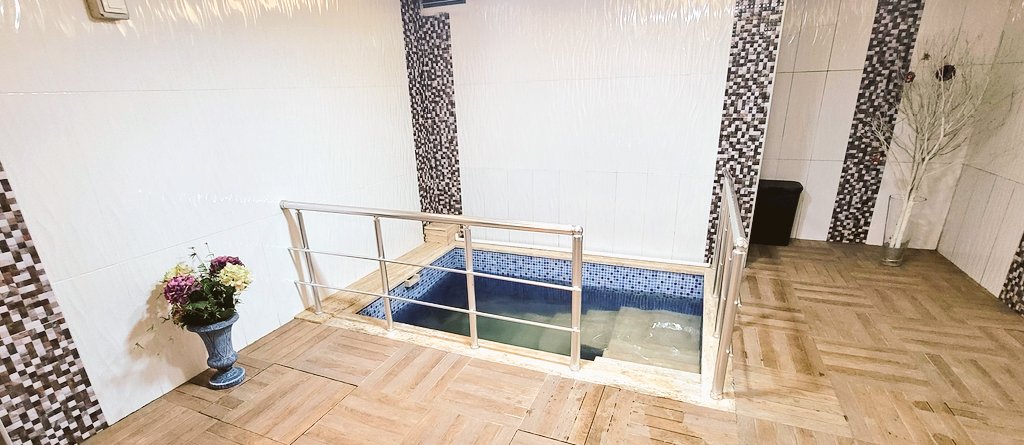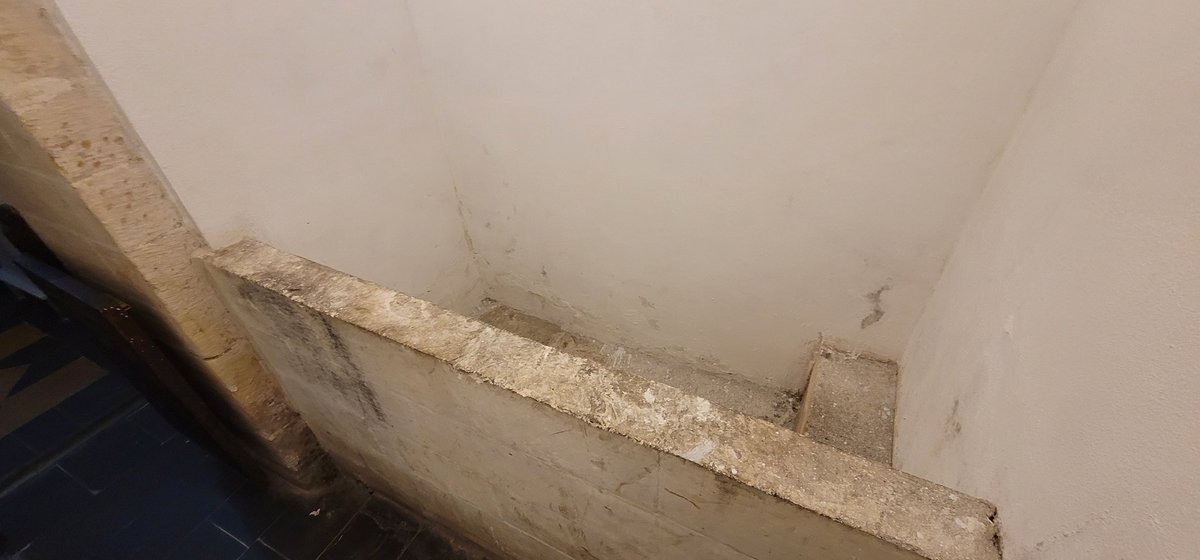"Are there Ashkenazi Jews in Turkey?!"
I hear this question often after I introduce myself as the rabbi of Istanbul's Ashkenazi community - after all, Turkey is the bastion of Sefardi Jews!
So what's the story of the Ashkenazi community of Turkey? Thread 🧵👇
I hear this question often after I introduce myself as the rabbi of Istanbul's Ashkenazi community - after all, Turkey is the bastion of Sefardi Jews!
So what's the story of the Ashkenazi community of Turkey? Thread 🧵👇

When Sefaradi Jews found refuge in the Ottoman Empire after the Spanish expulsion of 1492 and Portugal 1497 - and trickles of Anusim, former converts, in the centuries after - They were welcomed by the two local Jewish communities:
Romaniot and Ashkenazim.
Romaniot and Ashkenazim.

Romaniot Jews are the Jews of the Roman Empire - who lived under Byzantine rule since antiquity. They spoke Greek and were often call Gregos by other Jews.
Ashkenazi Jews came from Central and Eastern Europe, after 1250. Yiddish speaking, sometimes called Ungaros, for Hungary.
Ashkenazi Jews came from Central and Eastern Europe, after 1250. Yiddish speaking, sometimes called Ungaros, for Hungary.

The they often quarreled:
Sefaradi Jews were learned and plenty; after all, the more religiously devoted and learned, the more desperate you were to leave the Iberian Peninsula to the Ottoman Empire where Judaism can be openly practiced.
The Ashkenazim and Romaniot were weaker.
Sefaradi Jews were learned and plenty; after all, the more religiously devoted and learned, the more desperate you were to leave the Iberian Peninsula to the Ottoman Empire where Judaism can be openly practiced.
The Ashkenazim and Romaniot were weaker.
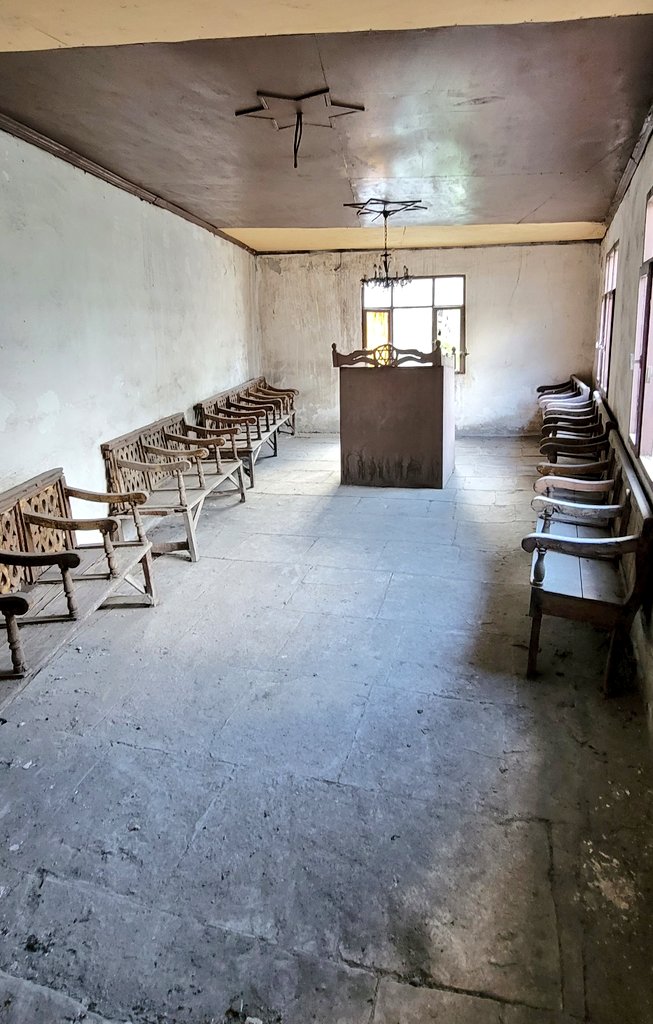
Romaniot Jews, whose rabbis while maintaining distinct customs, were untill then often educated in Ashkenazi Yeshivas, have mostly integrated with the Sefaradim.
The Ashkenazim remained distinct - in no small part due to constant influx of Ashkenazi refugees from Europe.
The Ashkenazim remained distinct - in no small part due to constant influx of Ashkenazi refugees from Europe.

European Jews on way to the Holy Land often stayed for years in Istanbul leaving their mark on the Ashkenazi Jewish community...
One famous example is one of my forefathers, Rabbi Naftali Katz, who died in Ortaköy in 1713. His grave still attracts thousands of visitors a year.

One famous example is one of my forefathers, Rabbi Naftali Katz, who died in Ortaköy in 1713. His grave still attracts thousands of visitors a year.


Others stayed for shorter periods of time, such as the Rebbe of Gur visit on 1934, reported in @cumhuriyetgzt and Pictured here next to his son, the Rebbe Simcha Bunem and then Chief Rabbi of the Ashkenazi community Dr. David Markus... 

Another famous Rebbe, Reb Baruch Rabinowitz of Munkacz, found refuge in Istanbul in 1944 as he ran away from Nazi controlled Budapest... His wife, daughter of the famed Minchas Elazar, gave birth and a record was left... 
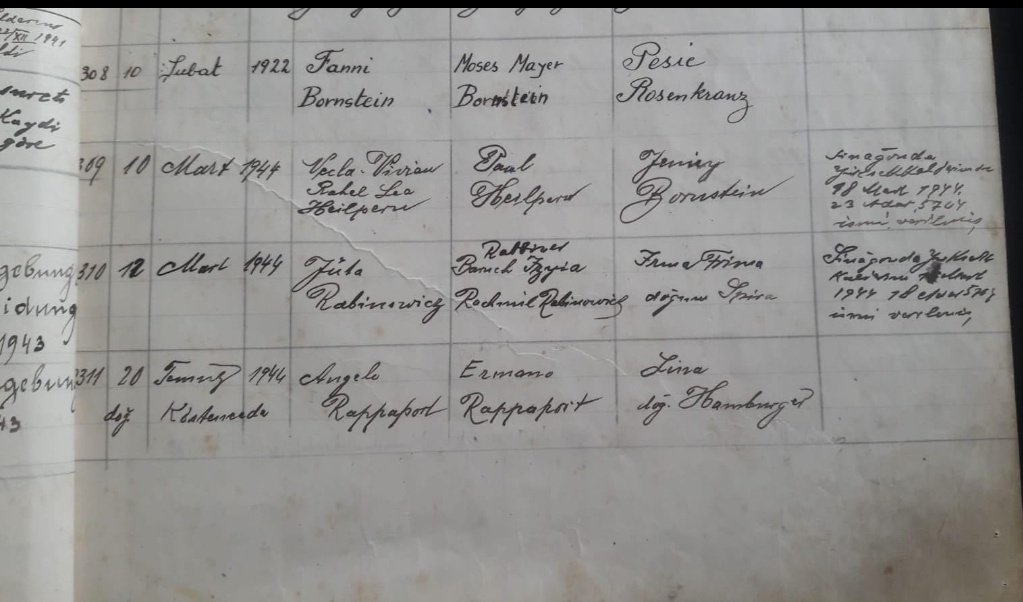
I already discussed previously on the #TurkeyJewishRoadtrip the Ashkenazi Rabbi Yitzhak Hakohen Rapaport who served as the Hahambaşı of Izmir...
https://twitter.com/mchitrik/status/1421545863344701441?t=-FaZwvuJ5cNJ_eHtxQUwvA&s=19
There was also an Ashkenazi synagogue in Izmir, here in the stamp... (one day I'll post the fascinating story of this book...) 



Back to Istanbul:
The Ashkenazi community today is quite small compare to the more numerous Sefardi community - thank God, we are all part of a united @tyahuditoplumu community which is an example to others...
The synagogue, which holds prayers on a daily basis is beautiful...
The Ashkenazi community today is quite small compare to the more numerous Sefardi community - thank God, we are all part of a united @tyahuditoplumu community which is an example to others...
The synagogue, which holds prayers on a daily basis is beautiful...

Holocaust memorial is held in our synagogue every second year... Here with Chief Rabbi Haleva of @tyahuditoplumu and world renowned cantor @cantorsi... 

Our daughter Sarah practicing Oifen Pripetchik before the memorial...
The synagogue once hosted a @Chabad conference of Shluchim from around the world... 



It was built, on ruins of an older Ashkenazi synagogue, by Austrian Jews and dedicated to the Austro-Hungarian Emperor Franz Jozef... 
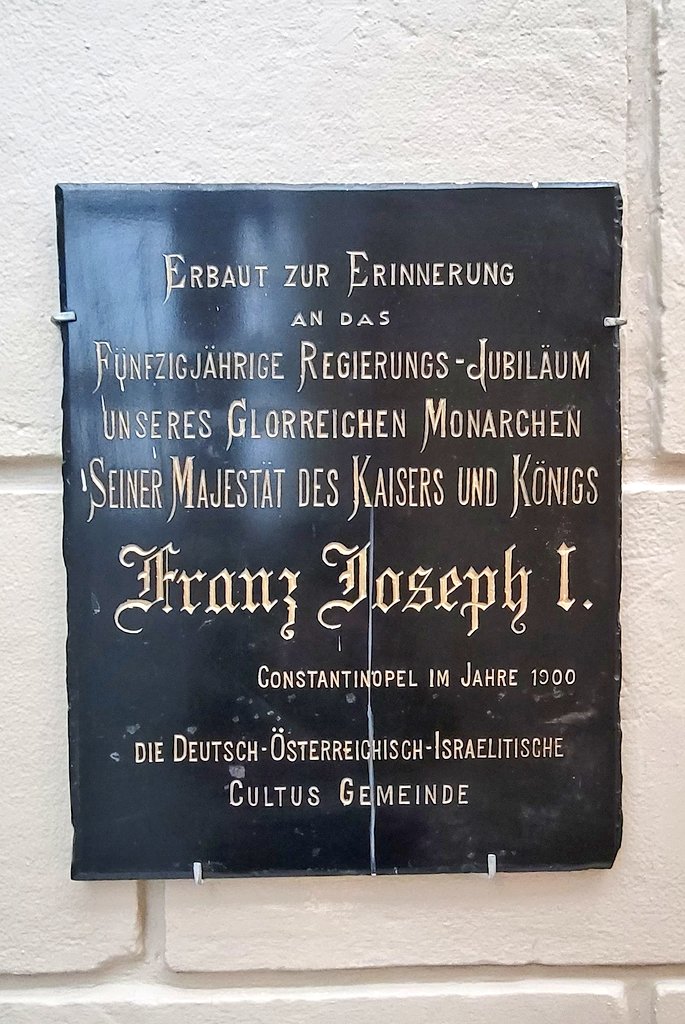
The Ashkenazi community of today was once called the 'United Ashkenazi Community' as it was a combination of fragmented Ashkenazi community, the Turk Ashkenazi Community and the Austro-Hungarian Ashkenazi community... It was united under the leadership of Rav Dr. David Markus... 

Born in Poland, Rav Markus was a charismatic man who also established the Jewish school, which later became the Ulus Musevi Okulları, where my kids learn... He died in 1944 and was buried at the Ashkenazi cemetery... 

Cantor Gershon Schaposchnik was the cantor of the synagogue for many years, his compositions are used by many cantors around the world... 

There is so much more to say... And mayne I'll add to this thread later on... Meanwhile, I'll end with some pictures of the stunning synagogue... 

Although tucked between shops in a the bustling Galata area - it is still a rare treasure of Istanbul... 
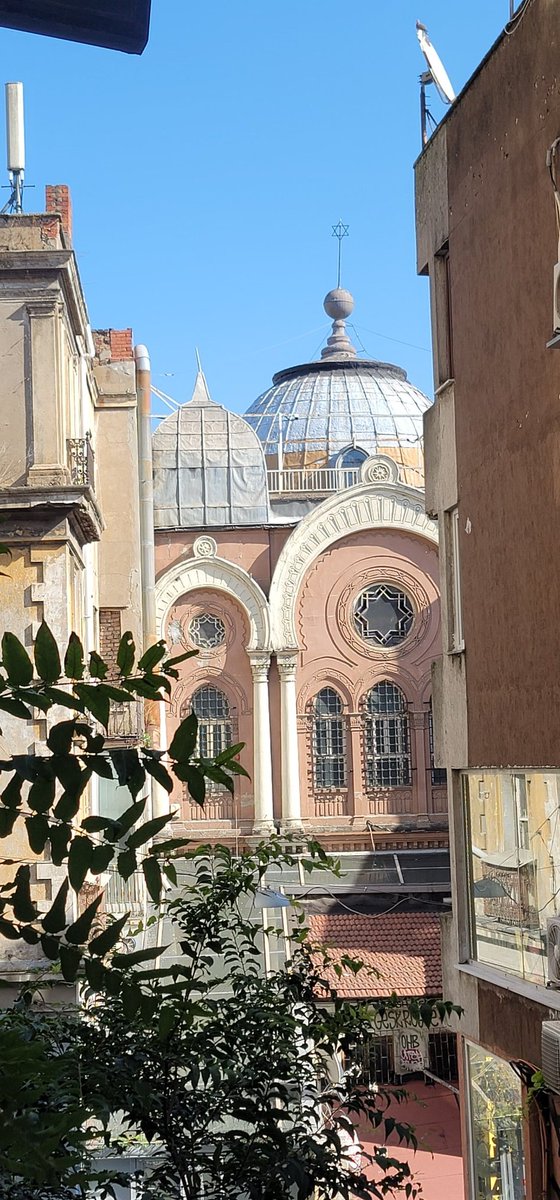
At a wedding the Ashkenazi Synagogue...
(Ashkenazi wedding rituals vary from Sefardi... Here you can see an Ashkenazi wedding held at the Neve Salom synagogue: )
(Ashkenazi wedding rituals vary from Sefardi... Here you can see an Ashkenazi wedding held at the Neve Salom synagogue: )

• • •
Missing some Tweet in this thread? You can try to
force a refresh






